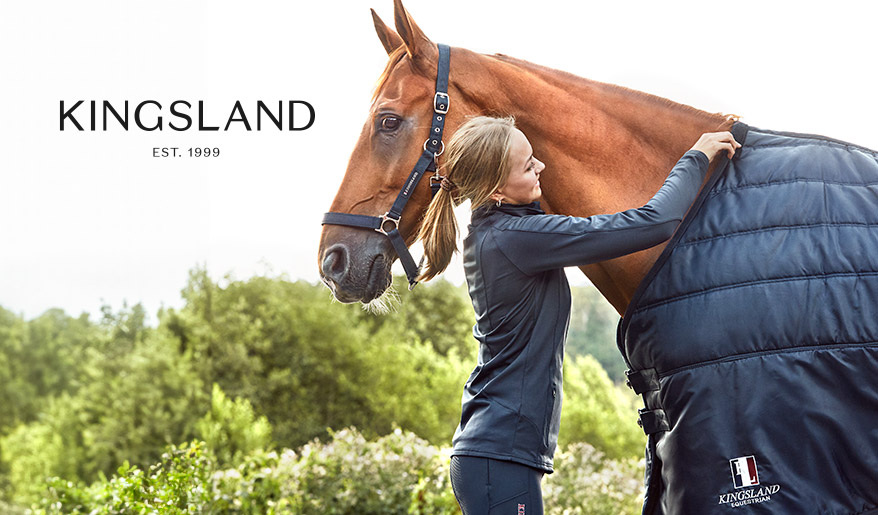
Types of bridles and their parts
Bridle is one of the main elements of basic riding equipment. A bridle is put on a horse’s head to keep the bit in the correct place inside of the horse’s mouth and to sustain constant communication between the rider and the horse. Choosing the right bridle is much easier when you know all the different types and features. In this article, you will discover different parts of the bridle and types.
Parts of the bridle
Bridle consists of a few basic parts – browband, cheekpiece, throatlash, headpiece, noseband, flash, and reins. Most types of bridles for horses also have a bit.
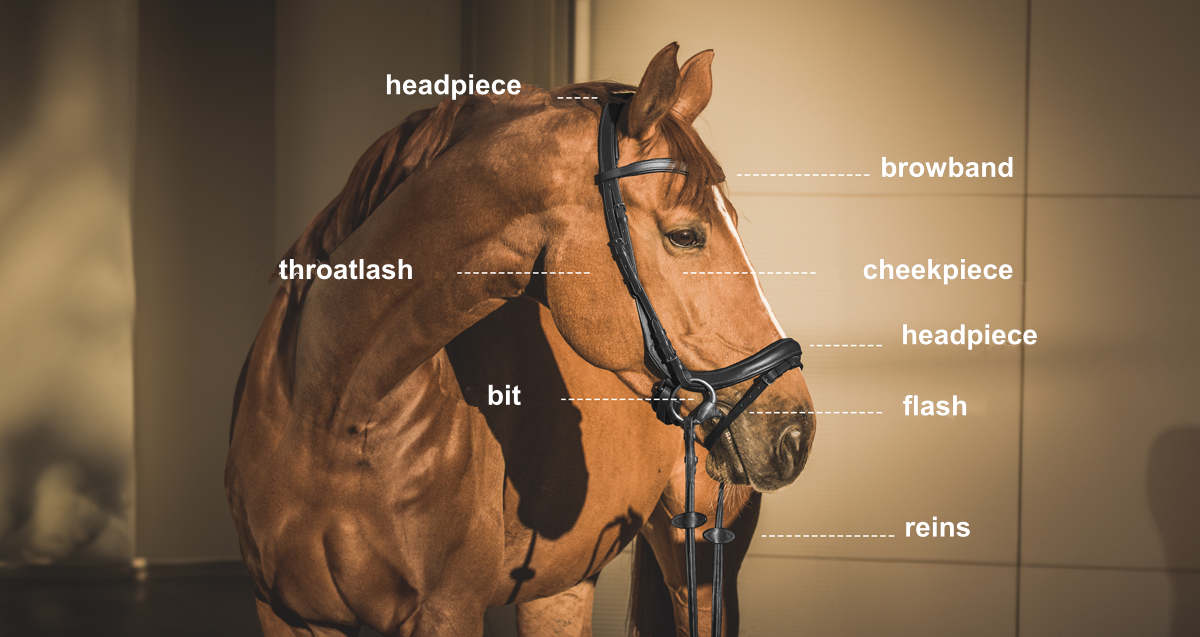
Browband – this part is situated on the horse’s forehead.
Cheekpieces – they connect the bit with the bridle. Correctly fitted cheekpieces ensure the bit is in the correct position.
Throatlash – this strap goes under the horse’s throat. It prevents the bridle from accidentally falling down.
Headpiece – this part sits behind the horse’s ears, more specifically on the occiput.
Noseband – this element is put on the horse’s nose. It stabilizes the bit and prevents the horse from opening its mouth.
Flash – an additional strap that is connected to the noseband. Too thight flash might obstruct the horse’s breathing.
Reins – two connected straps with a fastening on both ends that get attached to the bit or shanks. They are used to connect the rider’s hands and the horse’s mouth.
Bit – this type of equipment is put inside the horse’s mouth to connect the rider and the horse. Most commonly the bit is made of stainless steel, synthetic material, or leather.
Types of bridles
One of the most common types of bridles. The English noseband has a medium width and connects to the flash. It is said to have a moderate effect on the horse. When fitting an English noseband, you should ensure that:
It is positioned around two fingers over the zygomatic bone,
It does not put any pressure on the facial crest,
You can fit two fingers vertically in between the noseband and the horse’s head.
.jpg)
Horze Venice Bridle
This type of bridle has a specific Mexican noseband, which has two straps that cross on the top of the nose. They are connected by a disc (which is sometimes lined with fur). It has quite a strong effect on the horse as it exerts more pressure, so it is crucial to put it properly.
If this noseband is too tight it can cause the horse discomfort and health problems. A correctly fitted Mexican noseband gives horses space to breathe freely. That is why it is often used in eventing and jumping.

Busse Mexico II Bridle
A Hanoverian bridle (as it is sometimes called) has a strong effect on the horse. It puts pressure on the sensitive area over the muzzle and forces the horse to have its mouth closed. Correctly fitted drop noseband has:
A strap that goes three or four fingers over the muzzle,
You can fit two fingers vertically in between the noseband and the horse’s head.
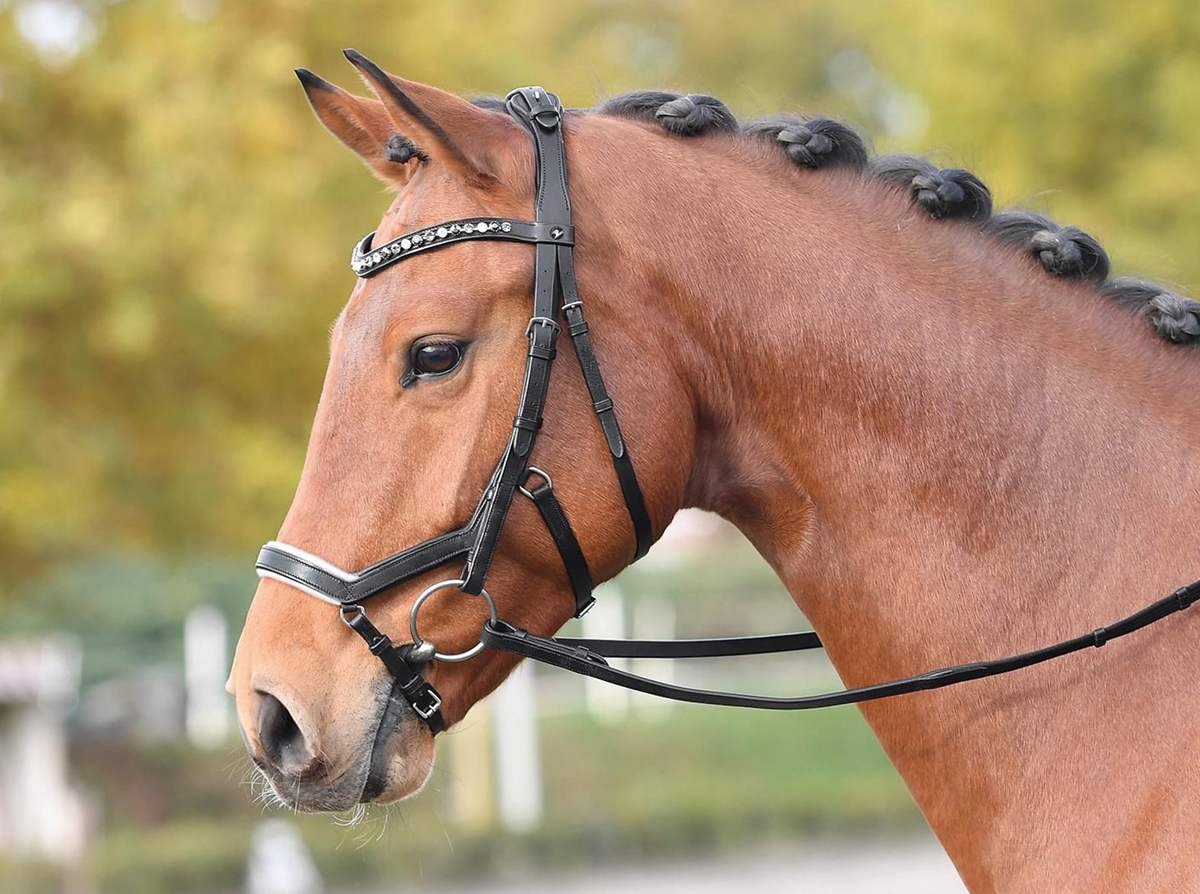
Busse Feeling Bridle
The crank noseband has a distinctive width and a crank mechanism. It usually has a soft lining that increases the horse’s comfort. It is regarded as a bridle with lesser effect on a horse in comparison to other types, due to the wider strap that distributes the pressure over the larger area on the horse’s head.
The crank buckle makes the bridle easy to put on, however, you should always make sure that you can fit two fingers vertically under the noseband strap, just as in other bridle types. Otherwise, a crank noseband that is too tight might put too much pressure on the horse’s head and cause discomfort.
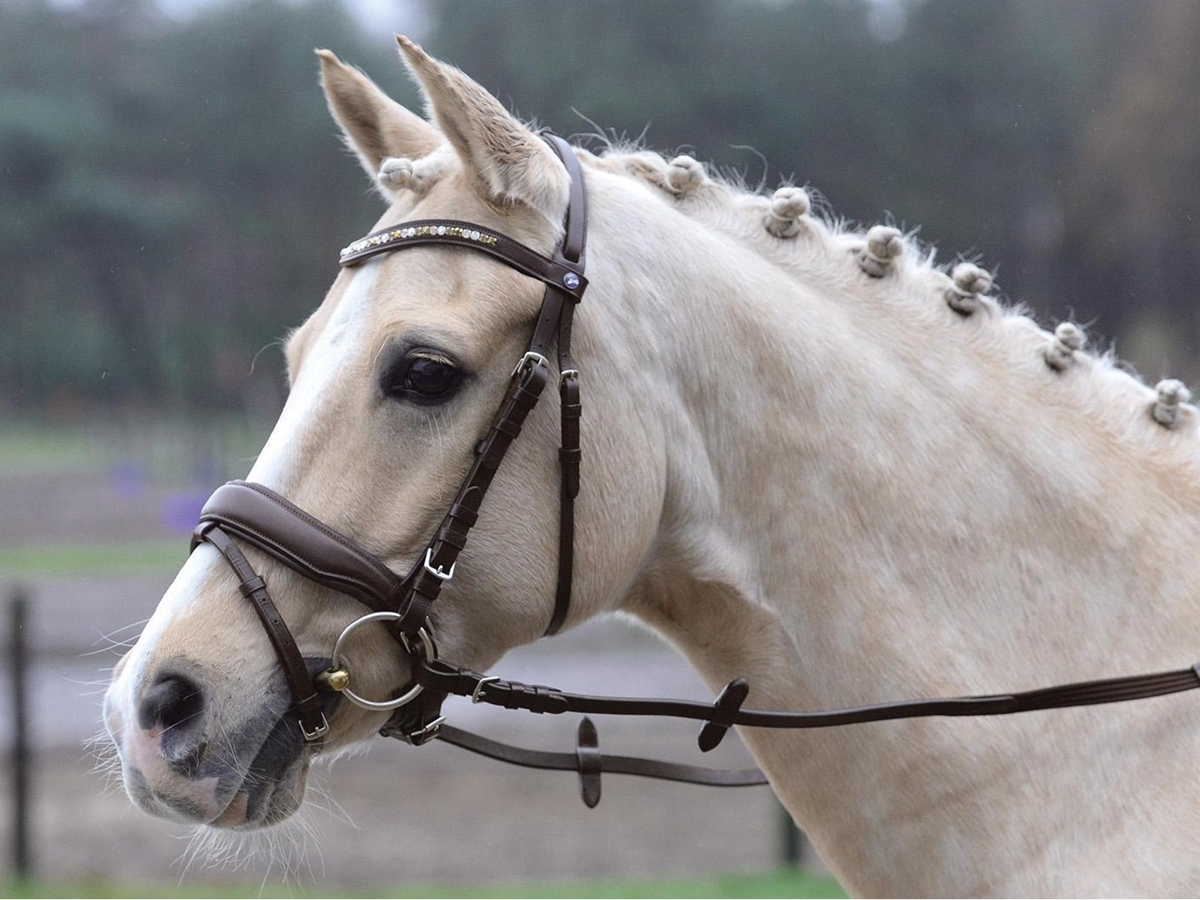
Busse Comfort Plus Bridle
Weymouth is a special type of bridle that can only be used by experienced riders and correctly trained horses. The Weymouth bit consists of a mouthpiece and shanks, whose length decides the strength of the bit. It works similarly to a lever; the longer the shanks, the stronger the bit.
While riding with a Weymouth bit, the rider needs to have stable and delicate hands. Improper use of the Weymouth bridle by inexperienced riders might lead to discomfort and even injuries to the horse’s mouth.
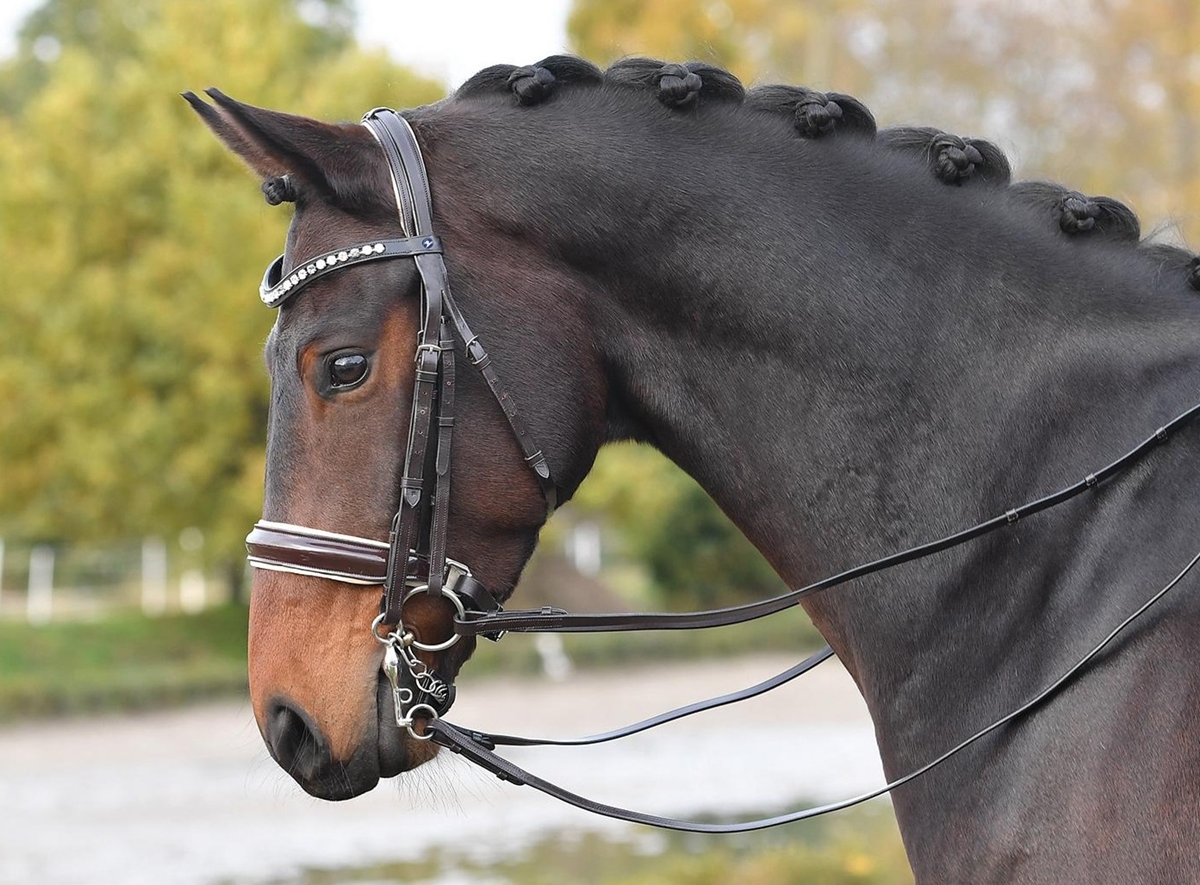
Busse Luxury Double Bridle
Before bits were invented, people commonly used bitless bridles. This is a great option for green horses. They are also the perfect equipment for novice riders who are just starting their equestrian journey. Bitless bridles have a specific design that does not include a bit and instead puts pressure on the nasal bone. Other types of bitless bridles might put pressure on different areas on the horse’s head.
Bitless bridles just like other types of bridles provide contact between the rider and the horse. However, you must remember that even without the bit, incorrectly used bridle might cause significant discomfort. A correctly used bitless bridle on a properly trained horse might be a good way to diversify training.
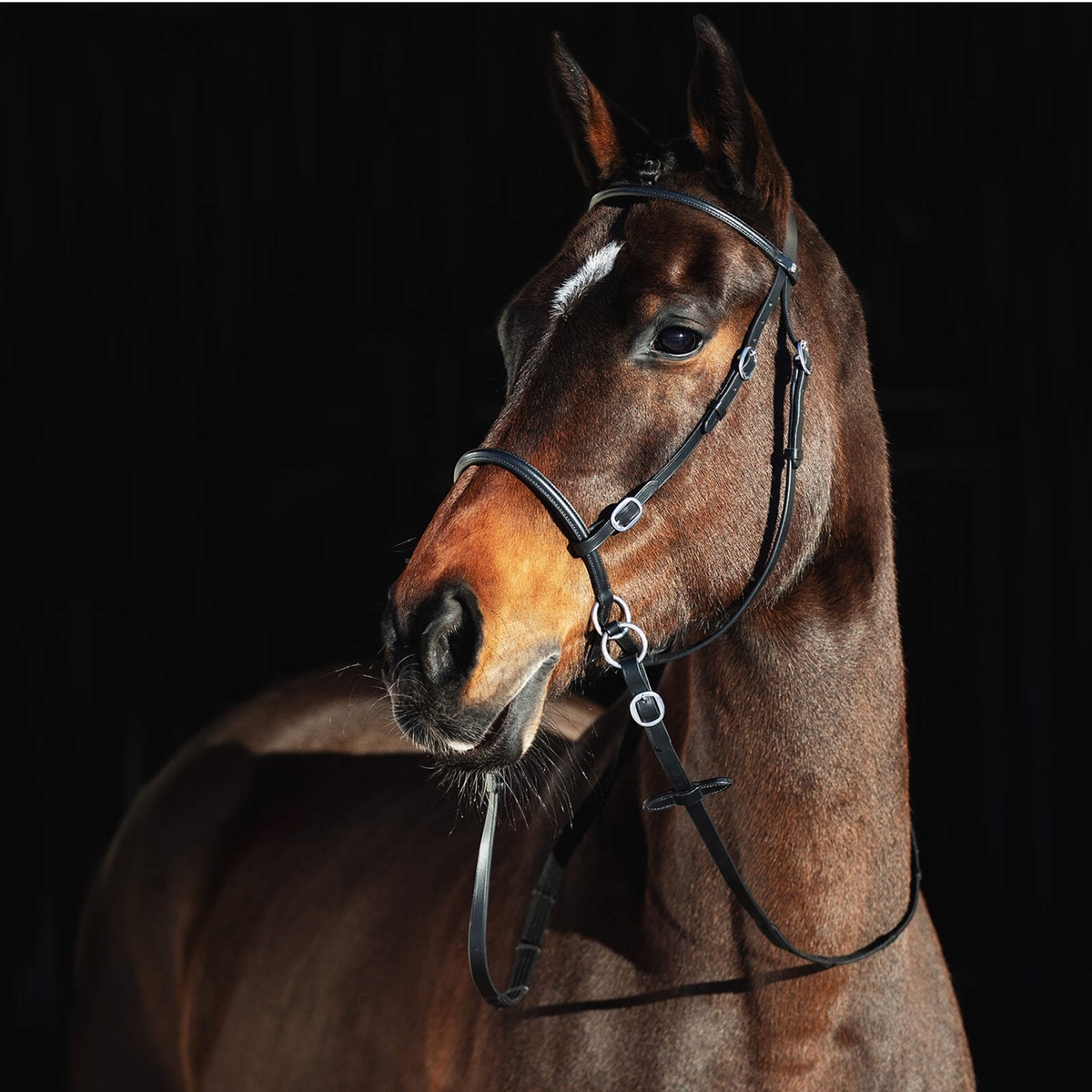
Horze Equestrian Bitless Bridle
7. Anatomical bridle
A bridle with an anatomical shape was designed to prevent the creation of pressure points on the most sensitive areas of the horse’s head. Most commonly, the pressure is accumulated on the nasal bone and occipital. Anatomical bridles have specially designed cheekpieces and nosebands that distribute the pressure evenly on the specific area and increase the comfort of a horse. Most of the mentioned above bridles come in an anatomical version.
.jpg)
Equishop Team Anatomical Horse Bridle
This type of bridle is mostly used by western riders. It has a distinctive design that usually comes with wide cheekpieces and without a noseband. Additionally, the headpiece is often connected with a leather loop, which means the bridle can be put on only one ear. Western bridles are most often richly decorated. You can find many western bridles with original décor and trims.
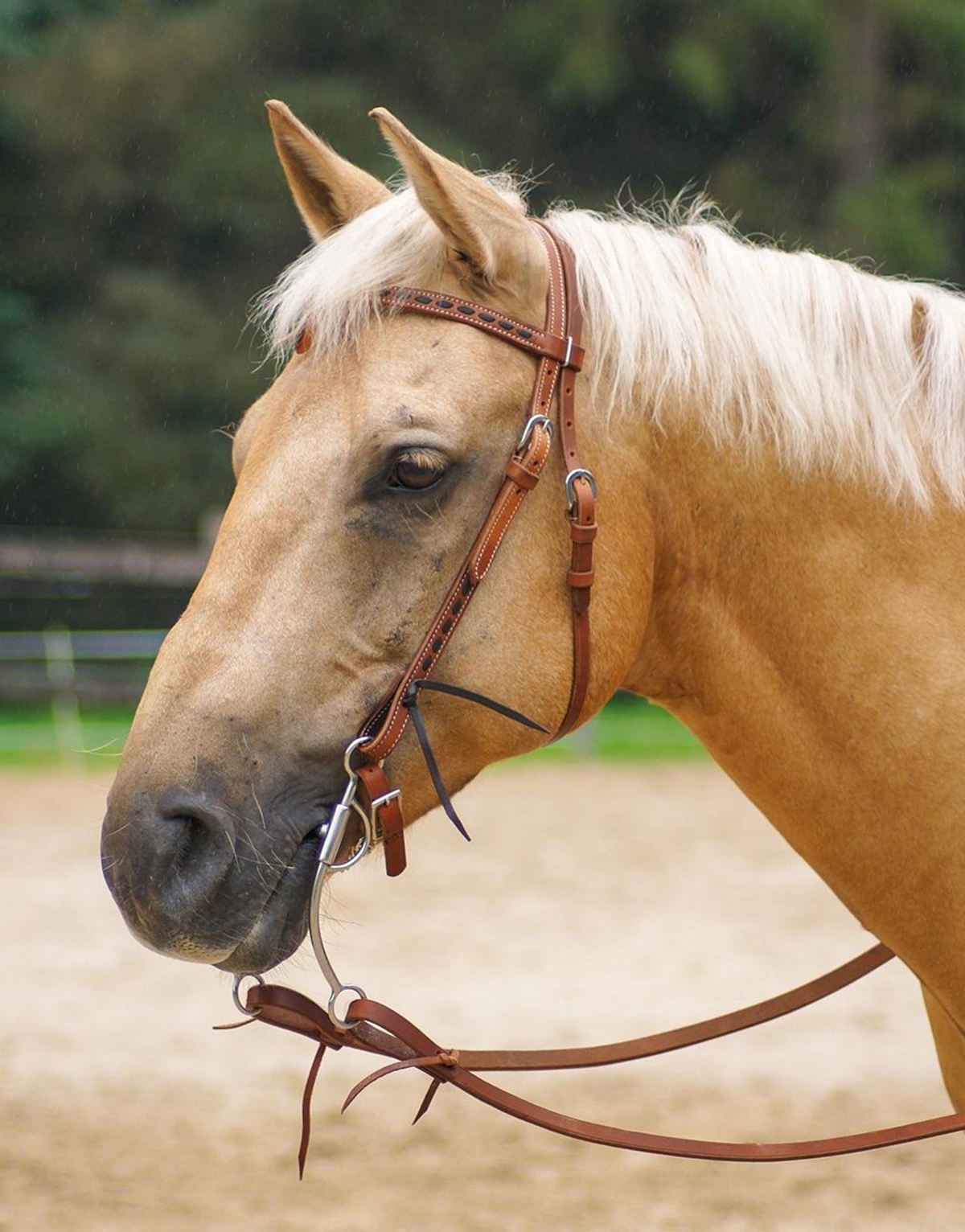
Wildhorn Alamitos Western Bridle
Summary:
Choosing the right bridle for a horse might be a conundrum even for an experienced rider. Every horse lover should have a basic knowledge of the different types and elements of a bridle. The bridle consists of a browband, cheekpiece, throatlash, headpiece, noseband, flash, reins, and bit.
In an equestrian shop, you can choose one type of bridle that will fit your individual needs: English bridle, Mexican bridle, Bridle with a drop noseband, bridle with a crank noseband, Weymouth bridle, bitless bridle, anatomical bridle, and a western bridle. The wide range of bridles means that every rider will find something that is perfect for them and their horse.





.jpg)





.jpg)


